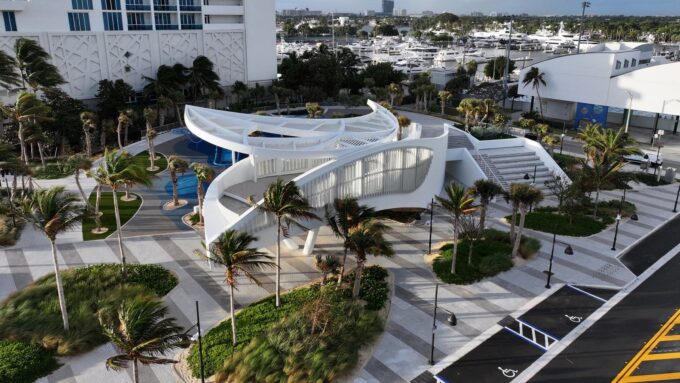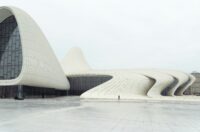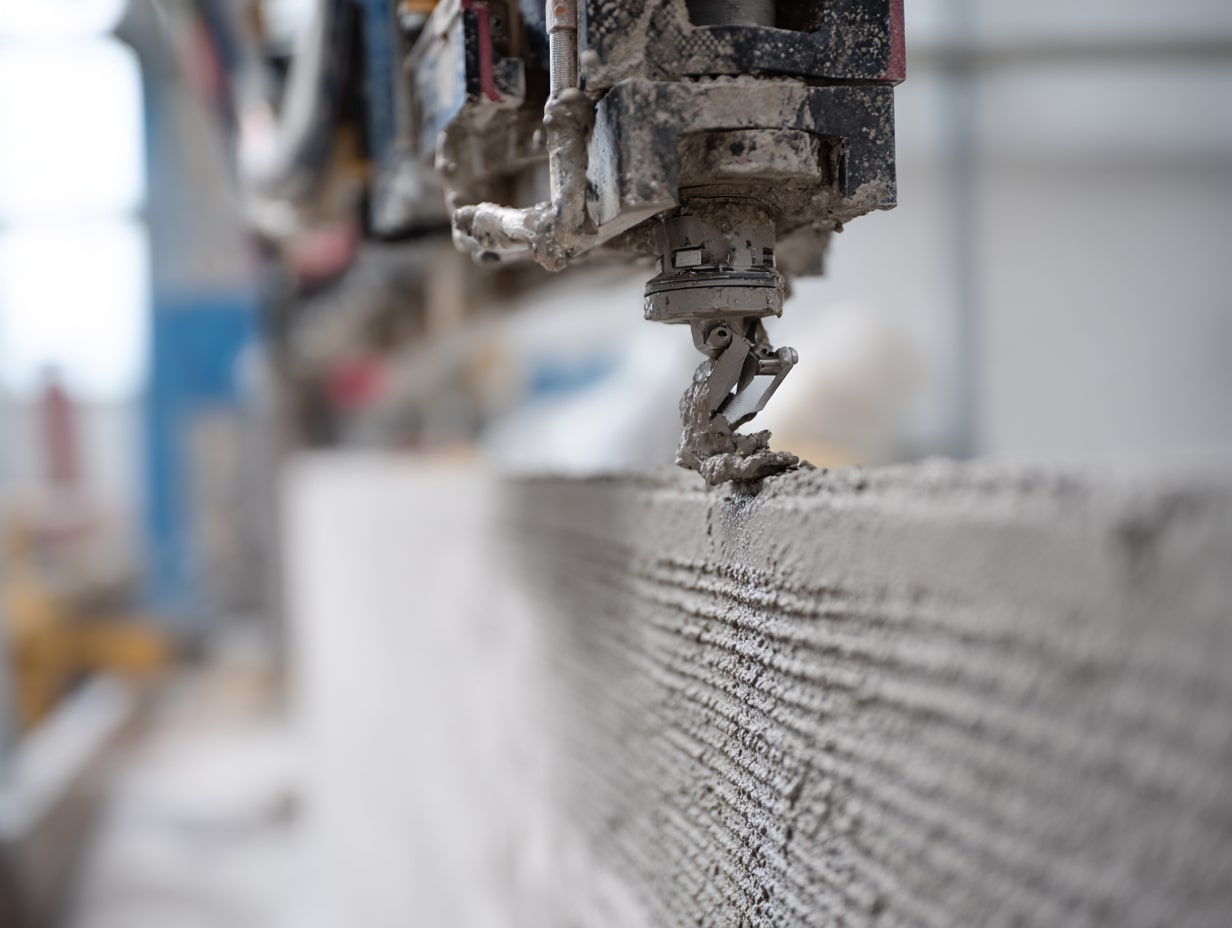- Home
- Articles
- Architectural Portfolio
- Architectral Presentation
- Inspirational Stories
- Architecture News
- Visualization
- BIM Industry
- Facade Design
- Parametric Design
- Career
- Landscape Architecture
- Construction
- Artificial Intelligence
- Sketching
- Design Softwares
- Diagrams
- Writing
- Architectural Tips
- Sustainability
- Courses
- Concept
- Technology
- History & Heritage
- Future of Architecture
- Guides & How-To
- Art & Culture
- Projects
- Interior Design
- Competitions
- Jobs
- Store
- Tools
- More
- Home
- Articles
- Architectural Portfolio
- Architectral Presentation
- Inspirational Stories
- Architecture News
- Visualization
- BIM Industry
- Facade Design
- Parametric Design
- Career
- Landscape Architecture
- Construction
- Artificial Intelligence
- Sketching
- Design Softwares
- Diagrams
- Writing
- Architectural Tips
- Sustainability
- Courses
- Concept
- Technology
- History & Heritage
- Future of Architecture
- Guides & How-To
- Art & Culture
- Projects
- Interior Design
- Competitions
- Jobs
- Store
- Tools
- More
Exploring the Impact of Space in and Around Architecture on Our Everyday Experiences
Discover how architecture interacts with its surrounding space to shape our experiences and emotions in daily life. This article explores the significance of thoughtful design, highlighting the harmony between built and natural environments.

When we think about architecture, we often focus on the buildings themselves. But what about the space that surrounds them? The interplay between structures and their environments shapes our experiences and influences how we interact with our surroundings. Understanding this relationship can enhance our appreciation of both the built and natural worlds.
In this exploration of space in and around architecture, we’ll dive into how thoughtful design can create harmony between a building and its context. From urban landscapes to serene gardens, the right use of space can transform a simple structure into a thriving hub of activity and inspiration. Join us as we uncover the significance of spatial design and its impact on our daily lives.

Table of Contents
ToggleUnderstanding Space in and Around Architecture
Space in architecture encompasses not only the physical dimensions of structures but also the surrounding environment, influencing how people perceive and interact with their surroundings. This interplay shapes experiences and emotions linked to a place, making thoughtful design essential.

The Concept of Space in Architecture
Space in architecture manifests in various forms, including functional, visual, and experiential dimensions. Functional space refers to the areas designated for specific uses, like living rooms or kitchens, while visual space deals with how space appears to the observer. Experiential space connects users to their environment, fostering a sense of place. By understanding these dimensions, architects can create spaces that resonate deeply with users, ensuring functionality and aesthetic appeal align seamlessly.
The Importance of Surrounding Space
Surrounding space plays a pivotal role in enhancing the experience of the built environment. It includes natural elements, urban landscapes, and communal areas, all of which significantly impact well-being. For instance:
- Natural Elements: Landscapes and green spaces promote relaxation and rejuvenation.
- Urban Landscapes: Streetscapes and public areas foster community interaction and engagement.
- Communal Areas: Parks and plazas serve as gathering spaces, enhancing social connectivity.
Integrating surrounding space with architectural design yields environments that are inclusive and inviting, ultimately enriching our daily lives. Balancing built and natural elements fosters harmony that transforms how we experience architecture.
Types of Space in Architecture
We explore two primary types of space in architecture: natural space and built space. Each type plays a crucial role in shaping our experiences within an environment.

Natural Space
Natural space refers to the elements and settings that exist outside human-made structures. It encompasses landscapes, gardens, parks, and bodies of water. Effective integration of natural space enhances the aesthetic and psychological aspects of architectural design.
- Green Areas: Green spaces like parks and gardens promote relaxation and social interaction.
- Water Features: Bodies of water, such as lakes and fountains, create a calming atmosphere and improve air quality.
- Natural Light: The incorporation of windows and openings allows sunlight to illuminate interiors, fostering a connection with the outdoors.
- Topography: Building on varying landforms creates visual interest and encourages creative design solutions.
Built Space
Built space comprises the physical structures constructed by humans, including residential, commercial, and communal buildings. This type of space affects functionality and user experience within architectural environments.
- Interior Spaces: Rooms and their arrangement influence movement and interaction, necessitating thoughtful layout planning.
- Public Spaces: Places like plazas and courtyards serve as gathering points, enhancing social connectivity.
- Adaptive Reuse: Repurposing existing buildings optimizes resources and retains historical significance, contributing to sustainable practices.
- Material Selection: Choosing materials influences aesthetics, durability, and environmental impact, ensuring the built space harmonizes with its surroundings.
The Role of Space in Architectural Design
Space plays a crucial role in architectural design, shaping how we interact with environments and influences our experiences. Understanding the functional and aesthetic aspects of space helps create meaningful connections between buildings and their surroundings.

Functional Aspects
Functional space encompasses the practical dimensions of architecture, ensuring that structures meet the needs of their users. We focus on several key elements, including:
- Utilization: Each space serves a purpose, from residential areas to commercial environments. Architects design for specific functions, enhancing usability.
- Circulation: Effective circulation paths promote movement within a space. Logical layouts prevent congestion and improve flow, facilitating easy navigation.
- Accessibility: Inclusive design considers diverse user needs. We integrate features like ramps, wider doors, and clear signage to accommodate everyone.
- Zoning: Distinct zones separate different functions, such as living areas from workspaces. This separation fosters a conducive atmosphere for various activities.
Aesthetic Considerations
Aesthetic space focuses on the visual and emotional impact of architecture. We prioritize various aspects to create engaging environments:
- Proportion: The size and scale of spaces influence perception. Balanced proportions can evoke feelings of comfort or grandeur, depending on the design intent.
- Materials: The choice of materials affects texture, color, and light. Sustainable materials enhance aesthetics while promoting environmental responsibility.
- Light: Natural light shapes ambiance and functionality. Architects maximize daylight through strategic window placements, creating vibrant, inviting spaces.
- Green Elements: Incorporating nature into architectural design enriches environments. Elements like gardens or green roofs enhance visual appeal and promote well-being.
By emphasizing functional and aesthetic aspects of space, we create architecture that resonates profoundly with users, enhancing their experiences in and around built environments.
Case Studies in Space Design
We explore successful architectural examples and lessons learned from failures to understand the significance of space in and around architecture.

Successful Architectural Examples
- Farnsworth House, Plano, Illinois
The Farnsworth House exemplifies minimalist design, integrating seamlessly with the surrounding nature. The elevated structure promotes interaction between the interior space and the natural landscape, enhancing user experience.
- The High Line, New York City
The High Line transformed an abandoned railway into a vibrant urban park. This project emphasizes green space in a dense environment, fostering community engagement and social connectivity.
- Sydney Opera House, Australia
The Sydney Opera House demonstrates stunning architectural form, effectively blending built space with waterfront surroundings. Its iconic design serves as a cultural landmark, enhancing the city’s identity.
- Tate Modern, London
Tate Modern showcases the adaptive reuse of a former power station. By preserving industrial elements, the gallery creates a unique atmosphere, merging past and present, which captures visitor interest and promotes exploration.
Lessons Learned from Failures
- Pruitt-Igoe, St. Louis, Missouri
Pruitt-Igoe’s high-rise design failed due to poor planning and lack of community consideration. The isolation of residents from surrounding amenities led to social disconnection and deterioration of the space.
- Boston’s Big Dig
The Big Dig project faced significant cost overruns and delays, resulting from inadequate spatial design and planning. Poor integration of roadways with urban landscapes highlighted the need for cohesive design approaches.
- Vancouver’s Woodwards Building
The Woodwards Building‘s initial failure stemmed from inadequate attention to community needs and context. Learning from this, redevelopment focused on mixed-use concepts, emphasizing inclusivity and social interaction.
- New Haven’s Downtown Mall
The New Haven Downtown Mall exemplified an overlooked design that failed to connect with the city’s urban fabric. This failure highlighted the importance of integrating architectural spaces with public amenities to stimulate active use.
Conclusion
Space in and around architecture plays a pivotal role in shaping our experiences and emotional connections with our environments. We recognize that thoughtful design integrates various spatial dimensions, enhancing both functionality and aesthetic appeal. Understanding the interplay of natural and built spaces allows us to create environments that truly resonate with users.
Natural spaces, like gardens and parks, contribute significantly to the overall ambiance of architectural designs. We appreciate how elements such as greenery and water features amplify our sense of well-being. Meanwhile, built spaces encompass residential, commercial, and communal structures that affect usability and interaction. A keen focus on interior layouts, public spaces, and material selection creates a harmonious relationship between buildings and their surroundings.
We emphasize both functional and aesthetic considerations in our design approach. Functional spaces ensure that our environments are practical and accessible, optimizing user experience. Aesthetic spaces, enriched through thoughtful proportion, material, and light selection, contribute to a visually appealing landscape. Prioritizing these elements leads us to design environments that deeply engage and elevate the human experience.
Our exploration of successful architectural examples highlights the potential of well-designed spaces to foster community engagement and enrich daily life. Lessons from past failures remind us of the importance of community input and cohesive design. Through this understanding, we commit to creating inclusive, welcoming environments that elevate both the built and natural worlds.
- architectural experience
- architectural psychology
- architecture and emotions
- architecture and everyday life
- architecture and experience
- architecture and functionality
- architecture and well-being
- built environment
- design and mood
- design influence on daily life
- environment and behavior
- human interaction with space
- impact of space
- interior and exterior design
- place-making
- space and perception
- space as experience
- Space in Architecture
- spatial awareness
- spatial design
- user experience in architecture
Submit your architectural projects
Follow these steps for submission your project. Submission FormLatest Posts
3D Printed Homes: Time, Cost, and What to Expect
3D printed homes explained: realistic timelines (24–72h walls, 8–16 weeks total), true...
How a Contact Centre Boosts Trust in Your Building Business
In construction, trust is the glue that holds projects together. Clients need...
How Real Time Parcel Geolocation Is Redefining Last Mile Efficiency for Modern Businesses
Last mile delivery has become the most critical point in the customer...
How Can Small Spaces Stay Stylish and Relaxing?
In today’s fast-paced urban lifestyle, small living spaces are becoming increasingly common....












Leave a comment